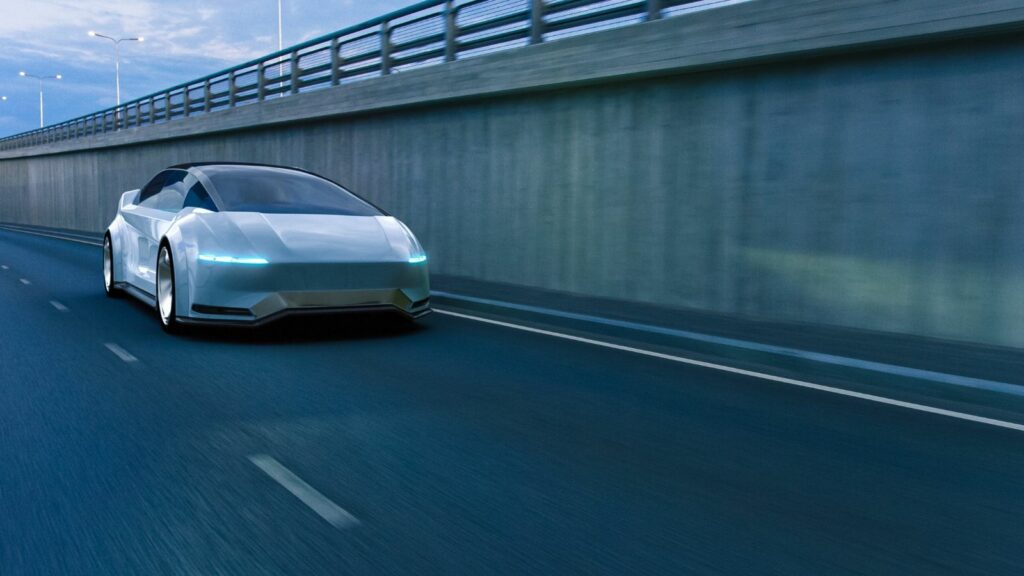Welcome aboard, intrepid traveler! We are taking a look at the world of public transport, where the future is not only here but also stylish and high-tech, and it occasionally makes you feel like you’re in a sci-fi movie. Forget about mundane buses and subways; we’re diving into the 9 futuristic public transport vehicles that promise to whisk us away in ways we never imagined.
The Hyperloop
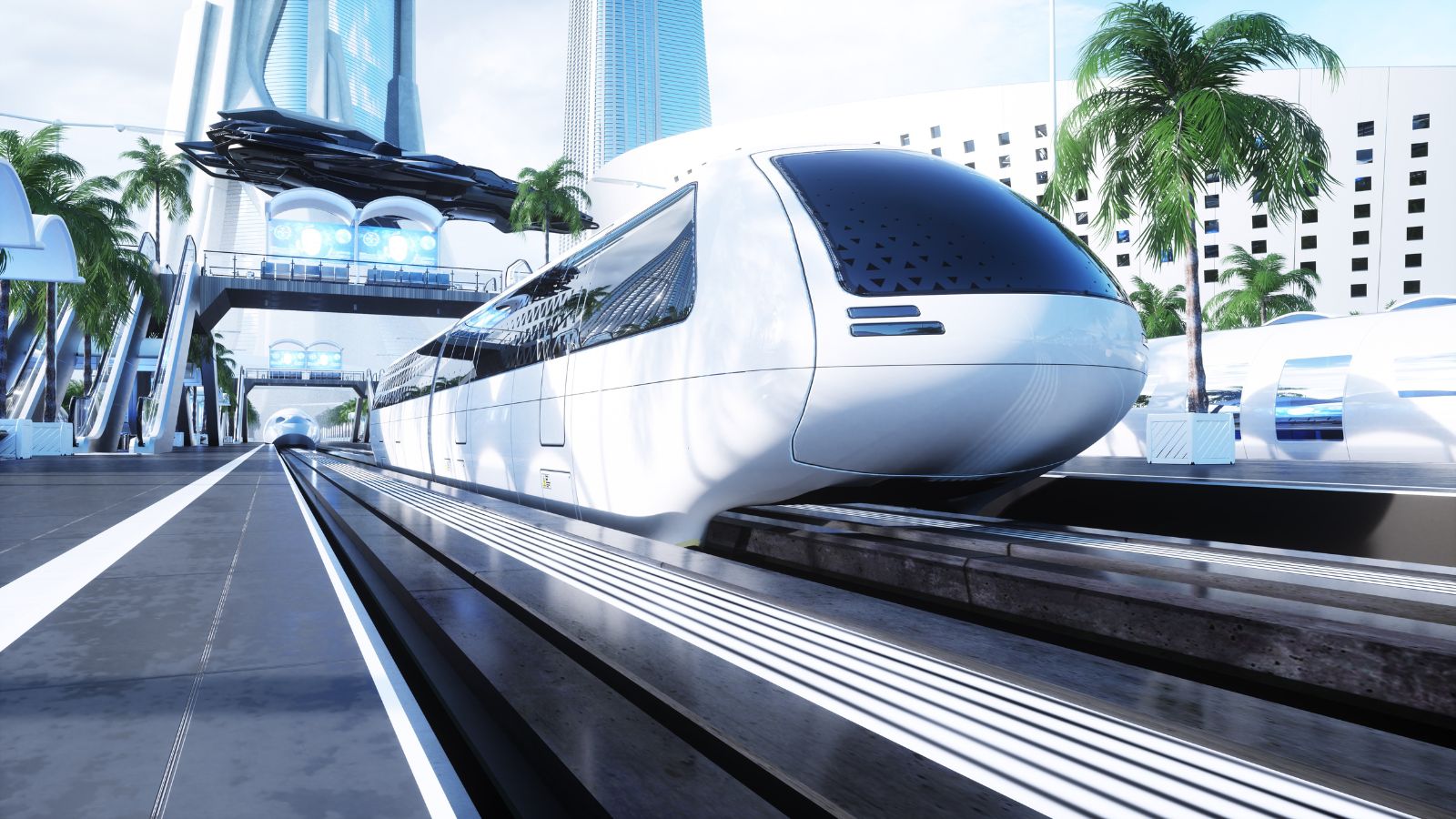
Imagine a bullet train and a vacuum cleaner having a high-speed love affair. That’s the Hyperloop for you. Conceived by the visionaries at SpaceX and The Boring Company, this sleek tube-based transport system promises to shoot you from one city to another at speeds that make commercial jets look like they’re stuck in traffic. The Hyperloop is a pressurized capsule gliding through low-pressure tubes, reaching up to 760 miles per hour. It’s the closest thing we’ve got to Star Trek’s transporter—with a bit more “whoosh” and fewer beam-ups.
The Autonomous Bus

Picture this: You’re snoozing on your morning commute while your bus gently navigates through traffic with no human intervention. Welcome to the era of the autonomous bus. These self-driving wonders are equipped with many sensors, cameras, and artificial intelligence that ensure they can dodge pedestrians, other vehicles, and possibly even rogue pigeons. They’re like having your chauffeur—only this one doesn’t require a tip and doesn’t complain about the traffic.
The Flying Taxi
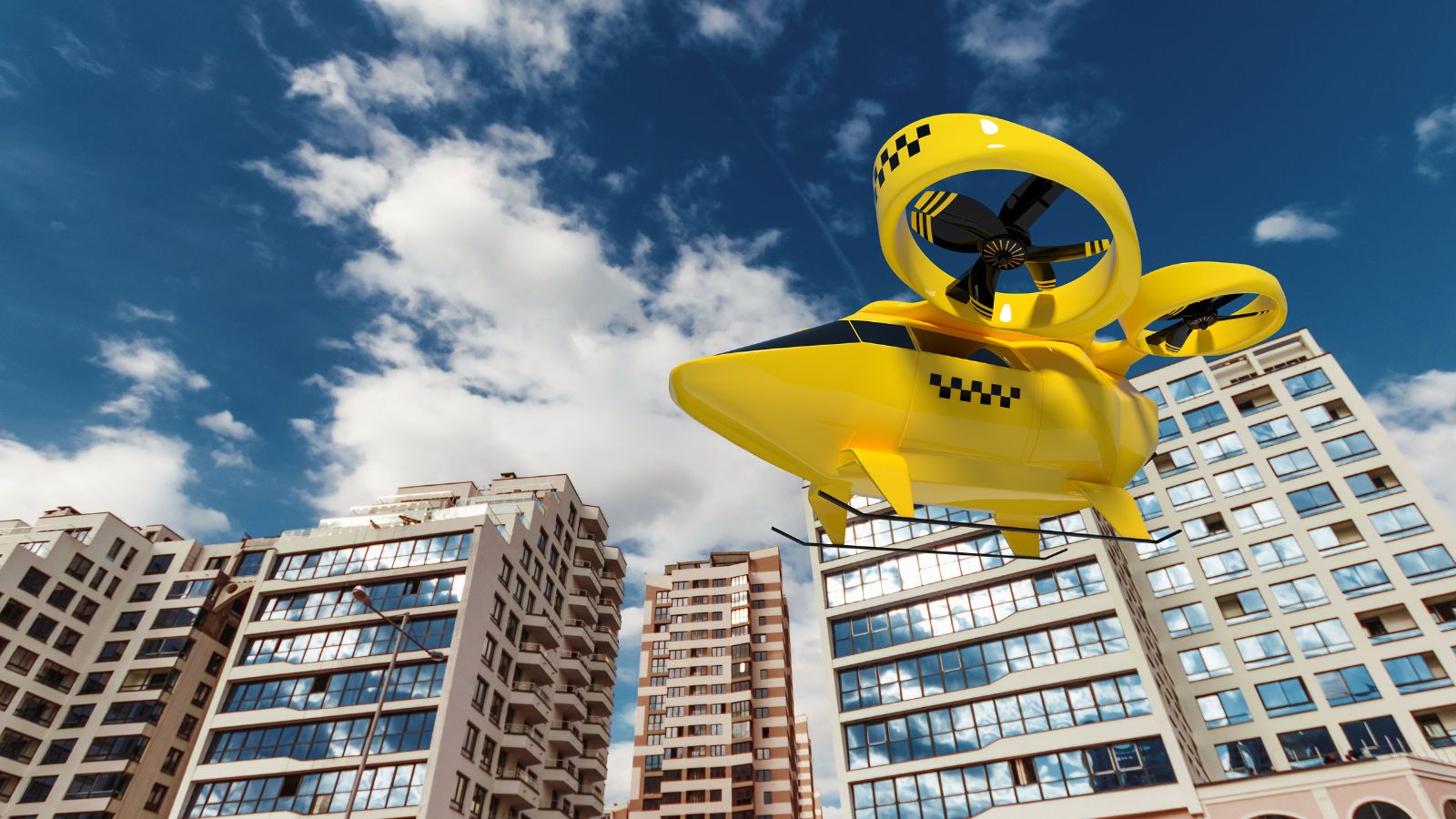
Ever wished you could bypass all those pesky traffic jams and take to the skies? Enter the flying taxi. Companies like Urban Aeronautics and Vertical Aerospace are developing vehicles that look like they were plucked straight out of a futuristic video game. These electric vertical takeoffs and landing (eVTOL) aircraft aim to transform urban mobility by flying you over congested streets and delivering you to your destination faster than you can say, “Check my inbox.” They’re the Jetsons’ dream come true, minus the robot maid and talking dog.
The Solar-Powered Tram
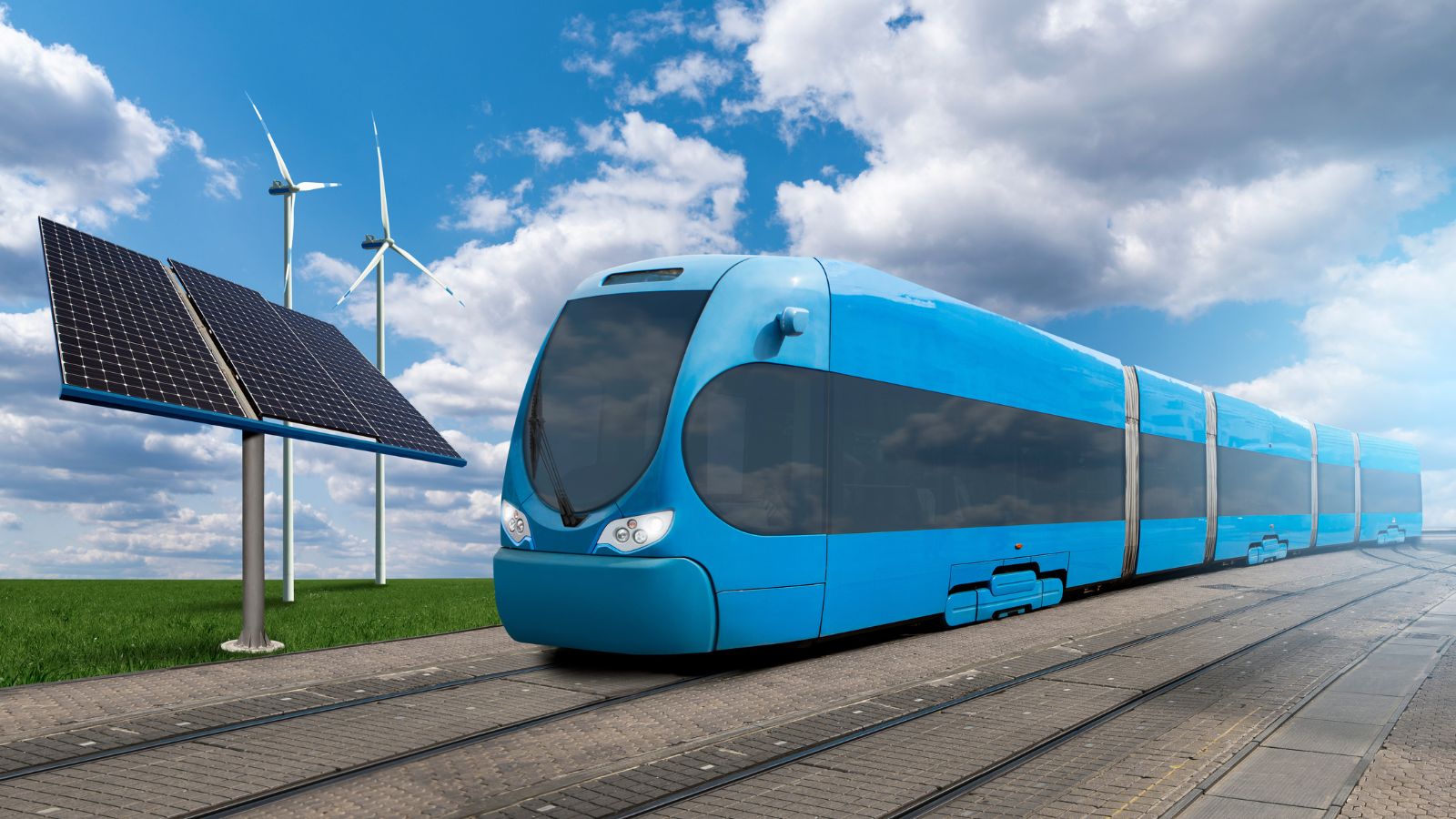
In a perfect marriage of eco-friendliness and technological innovation, the solar-powered tram is here to shine a light on sustainable transport. These trams are outfitted with solar panels that absorb sunlight and convert it into electricity, powering their journeys through cities. For example, the world’s first solar-powered tram, introduced in Adelaide, Australia, in 2021, features a 100-kilowatt solar array that significantly lowers operational costs and environmental impact. Imagine your tram quietly gliding along while soaking up rays, like a sunscreen-slathered beachgoer on wheels. Not only do they help reduce carbon footprints, but they also offer a clean and quiet alternative to traditional trams. Just wear sunglasses—those solar panels can be pretty bright!
The Maglev Train
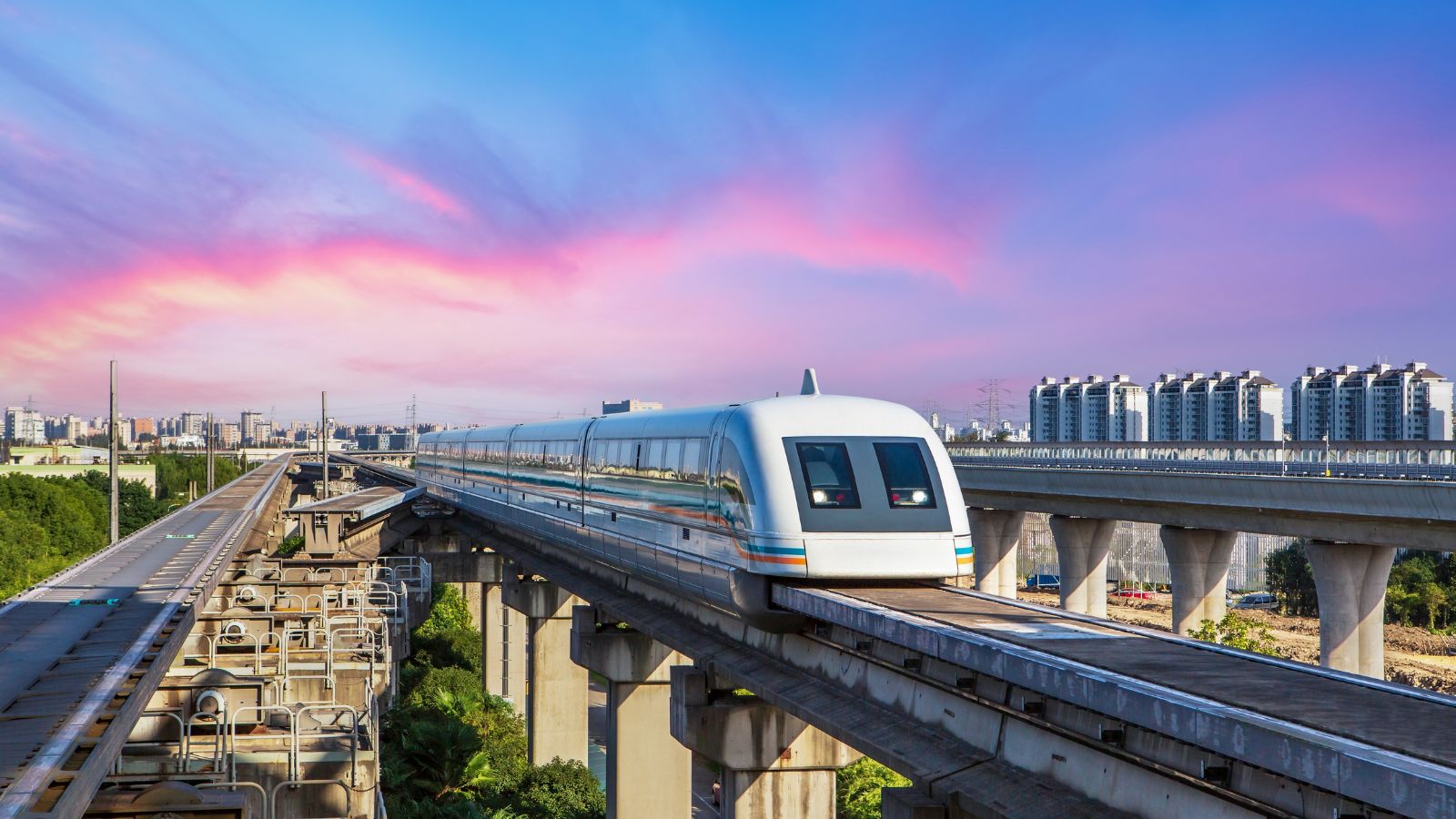
The Maglev (magnetic levitation) train is the closest we’ve come to riding a magic carpet—minus the flying carpet’s ability to defy gravity in the traditional sense. Using powerful magnets to lift and propel the train along its track, the Maglev eliminates friction, allowing it to reach incredible speeds with a smooth ride. Think of it as a rollercoaster without the loops but with the added benefit of getting you from point A to point B faster than you can say, “I need a vacation.”
The Underwater Bus

Ever wanted to see what’s happening beneath the waves without becoming a mermaid or merman? The underwater bus might be your ticket to an aquatic adventure. The design includes a watertight body and specialized propulsion systems to navigate underwater environments. One notable concept is the “Submarine Bus” designed by Dutch engineers, which features pressurized cabins to accommodate passengers comfortably. Just be sure to avoid singing “Under the Sea”—the fish might start getting ideas about joining in on your journey.
The Cable Car

Cable cars might not be the first thing that comes to mind when you think of futuristic transport, but with modern upgrades, they’re anything but old-fashioned. Contemporary cable cars are sleek and stylish and offer breathtaking aerial views of cities and natural landscapes. They’re like gondolas but without the need to serenade your fellow passengers. Plus, they’re perfect for avoiding those pesky traffic jams—unless you’re afraid of heights, in which case you might want to stick to Terra firma.
The Electric Scooter

Electric scooters are the modern-day answer to zipping around town with minimal effort and maximum style. With their sleek designs and impressive battery life, these scooters are becoming popular for short commutes and last-mile travel. They’re like having your hoverboard but with the added benefit of not looking like you’re trying to win a dance-off. Plus, they’re eco-friendly, so you can feel good about your ride, even if you just use it to grab coffee.
The Autonomous Pod

Autonomous pods are the epitome of personal transport in the future—a sleek, self-driving vehicle that’s essentially a cozy little capsule for one or two people. Developed by companies like Google and Tesla, these pods utilize advanced sensors, cameras, and AI to navigate streets without human intervention. Key features include 360-degree cameras for obstacle detection, LiDAR for precise mapping, and adaptive algorithms that learn from real-time traffic conditions. They’re like your own personal space capsule, minus the astronaut training. As of 2024, these pods are in trial phases in cities like Phoenix and San Francisco, signaling a significant shift towards more efficient and eco-friendly urban transport. Perfect for those who prefer solitude on their commute or introverts who want to avoid accidental eye contact with fellow passengers.
14 Cars with a Reputation for Running Forever and Why They Outperform the Rest
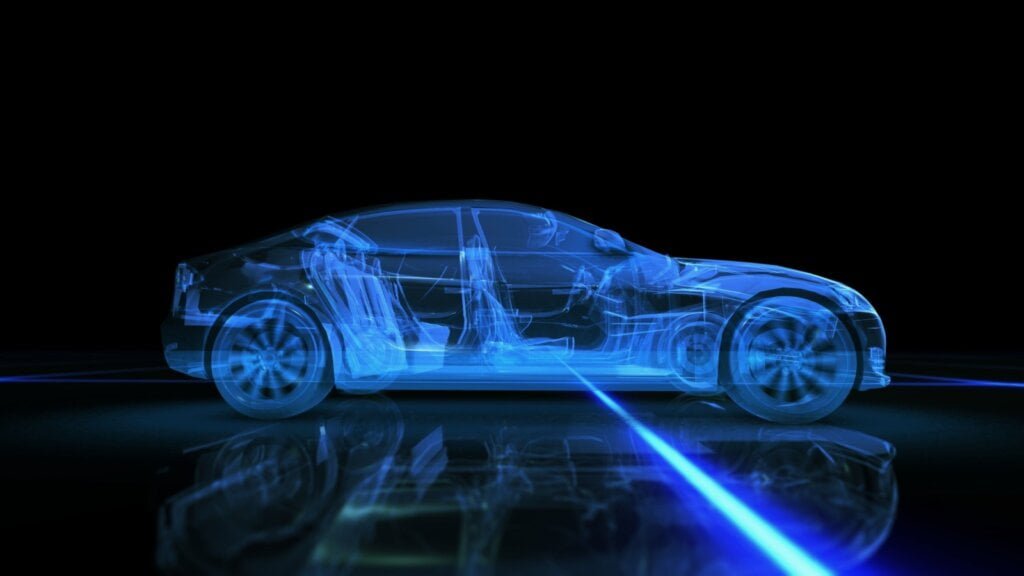
In the dynamic world of automobiles, some cars stand out for their remarkable longevity and enduring performance. These road warriors have earned a reputation for running seemingly forever, outpacing their counterparts. This article will explore 14 such vehicles and the reasons behind their legendary durability.
14 Cars With A Reputation For Running Forever And Why They Outperform The Rest
